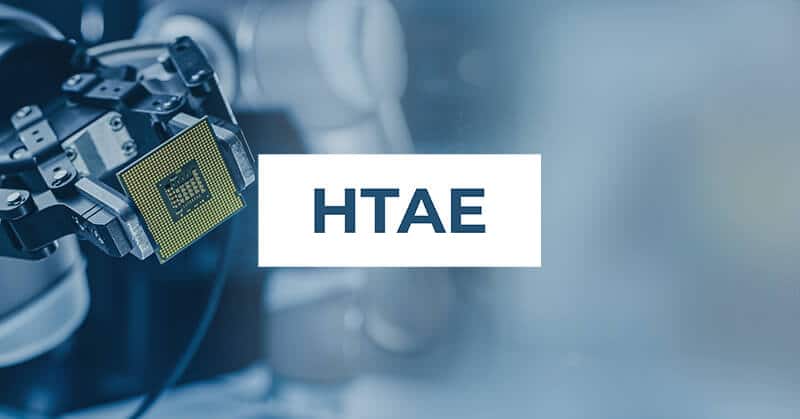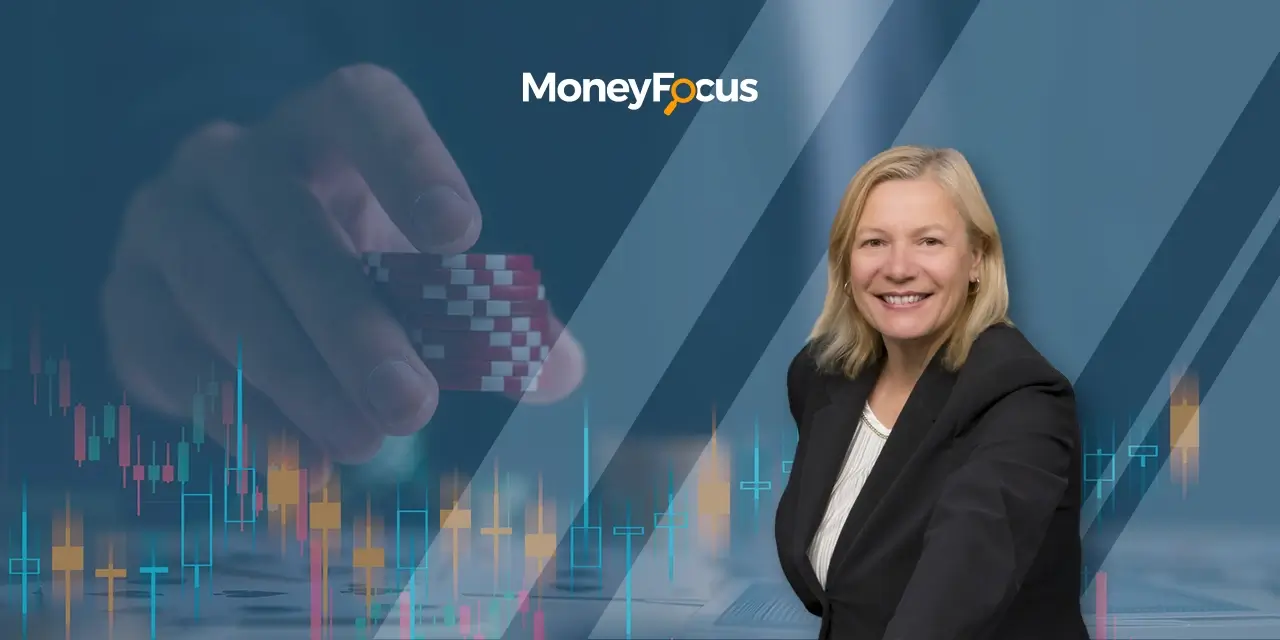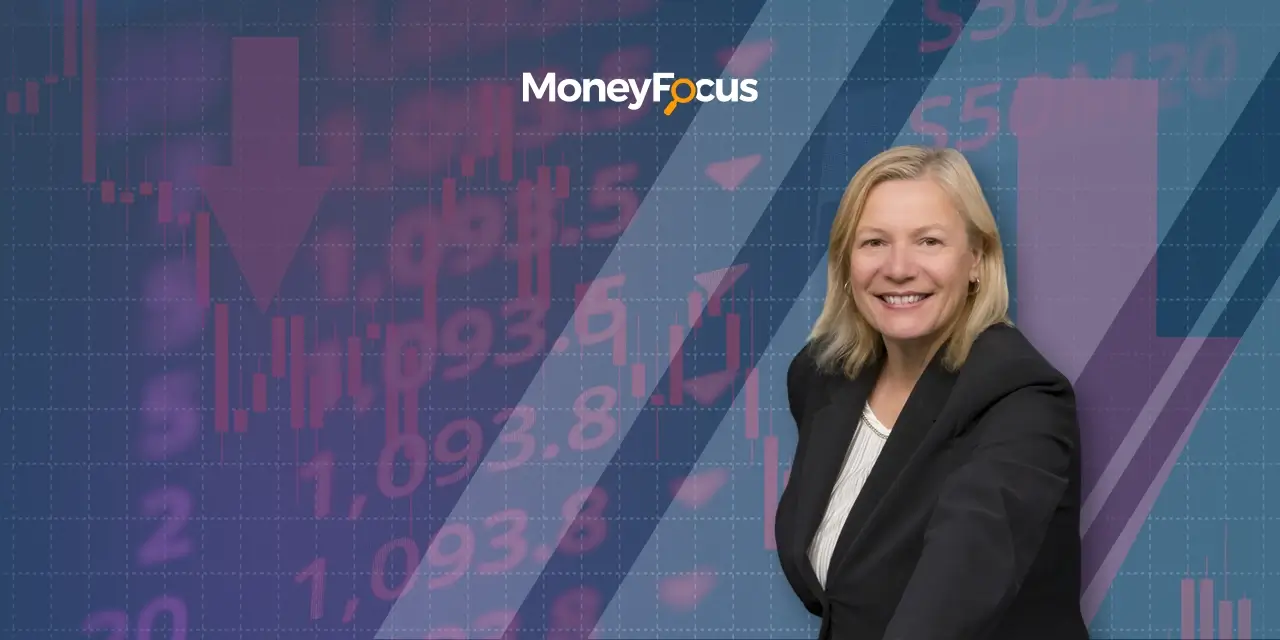Concentration risk, put simply, is a kind of downside risk faced by investors when a significant portion of their portfolio is invested in only a few holdings.
In a hypothetical example, an investor may hold four stocks in their portfolio—companies A, B, C, and D—but they may only hold 10% of their portfolio in each of companies A, B, and D, while 60% of their portfolio is allocated to company C. The investor, therefore, has a high level of concentration risk because if company C stock value falls more than the others, 60% of the investor’s portfolio will fall more as well.
Of course that’s a hypothetical, and the widely acceptable remedy for concentration risk is diversification: allocating to a wide enough array of different securities that your portfolio is not overly impacted by the short-term performance of a single holding. Many investors use tools like ETFs and Mutual Funds to achieve that diversification and avoid concentration risk.
However, even portfolios initially set up to be diversified can end up with some element of concentration risk, thanks largely to market performance.
How overperformance can create concentration risk
When a security in your portfolio gains value, that’s generally seen as a positive. However, that market growth can also contribute to concentration risk. Not only has the value of that security grown in absolute terms—let’s say it’s worth $10 today when it was worth $5 yesterday—if it’s the only security that gained value today, it has increased in weighting relative to your other portfolio holdings.
That means this security represents a higher percentage of your overall portfolio today than it did yesterday. Going back to our A,B,C,D example – that portfolio may have been set up with an equal allocation to all four stocks. However, the value of stock C may have risen so much relative to the other three holdings that the portfolio now has a degree of concentration risk.
This performance-driven rise in concentration risk can occur at a much larger scale on global stock markets and in specific stock indexes. As certain companies and stocks grow in value, they can represent a disproportionately large percentage of the overall market or an index. Generally, the broad market is big enough that concentration risk is less acute, but within sector-specific indexes or investment funds concentration risk can rise out of market performance.
In the middle of 2023, one sector that faces some concentration risk is technology.
Why is technology facing concentration risk now?
The technology (tech) sector is currently grappling with some degree of concentration risk because the sector has been a market leader for much of 2023 and for the decade or so leading up to 2022. In addition, changes to what companies may be included in the sector focused Index served to further exacerbate the relatively high concentration of the largest handful of stocks. While the growth over the longer-term has been more broad-based, in the shorter term the largest companies in the tech sector have grown the most. For example, by mid May of this year two companies—Apple and Microsoft—represented almost 49% of the total allocation in the Technology Select Sector Index from S&P Down Jones Indices, with 62 other companies making up the remaining roughly 51%.
That concentration may surprise investors seeking broad-based exposure from the index. It’s a result of the index being market capitalization weighted. That means its allocations to specific stocks are kept roughly in line with those stocks’ market capitalization. Microsoft and Apple have attracted significant investor interest, their market capitalization has grown, and relative to the other securities in that index they represent a combined ~49%.
Now both Microsoft and Apple are examples of robust companies with competitive moats and strong earnings and profitability backing up their high valuations. Nevertheless, holding a nearly 50% allocation to two companies means a portfolio holds a high degree of concentration risk. If either company stumbles, that portfolio will feel the impact acutely.
How one tech ETF addresses concentration risk.
The Harvest Tech Achievers Growth & Income ETF (HTA:TSX) deals with concentration risk by using an alternative approach to an index with market capitalization weighting. HTA is actively managed and equally weighted between its 20 holdings.
Being actively managed means the ETF isn’t bound to an index. The portfolio managers are empowered to make decisions within stringent rules of the ETF that can help minimize concentration risk, or other forms of investment risk.
Equally weighted means each security is held at around the same proportion in the portfolio. Market performance may change that allocation over time, but the ETF is rebalanced quarterly bringing the portfolio back in line to an equal weight footing.
While an equally weighted strategy is intended to reduce concentration risk, it can also mean a portfolio is more broadly exposed to smaller companies or subsectors than a market capitalization weighted strategy. Just as a drop in the value of a giant company would be felt acutely in a market capitalization weighted strategy, a rise in the value of a smaller company would not have as much impact.
An equally weighted strategy like HTA can both offset concentration risk and expose investors to greater upside potential from some of those slightly smaller companies that still meet the ETFs’ quantitative metrics for large-cap technology.
Investors should be aware of concentration risk, how it can occur as a result of growth, and how a market capitalization weighted strategy—especially in a growth-oriented sector like tech—can result in greater concentration risk. We believe that the concentration risk can be reduced using an equally weighted strategy and as more companies participate in the sectors upside or growth potential, an equally weighted strategy like HTA is worth considering for investors seeking exposure to technology.













